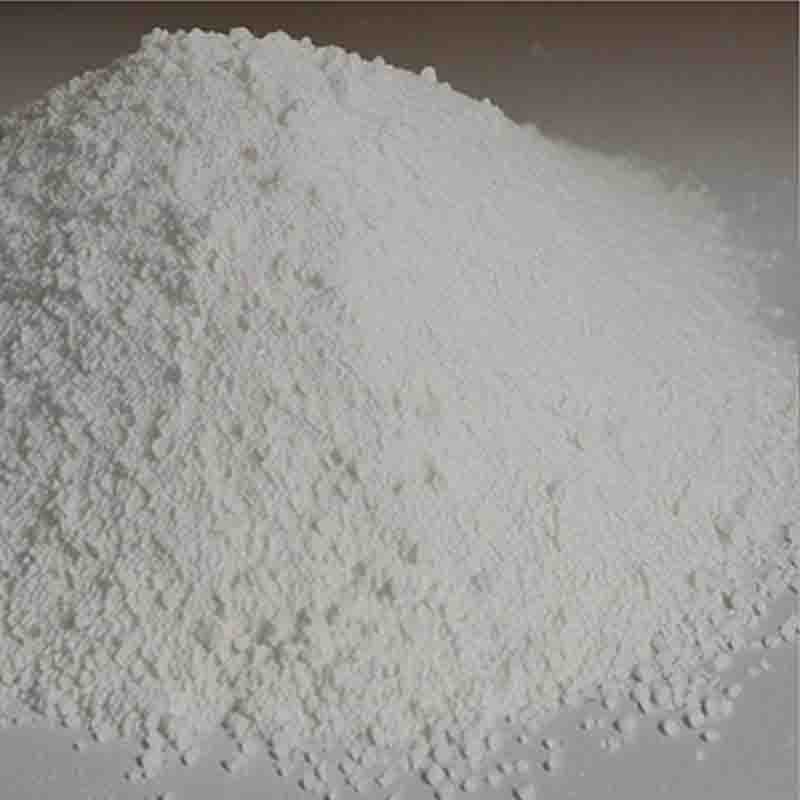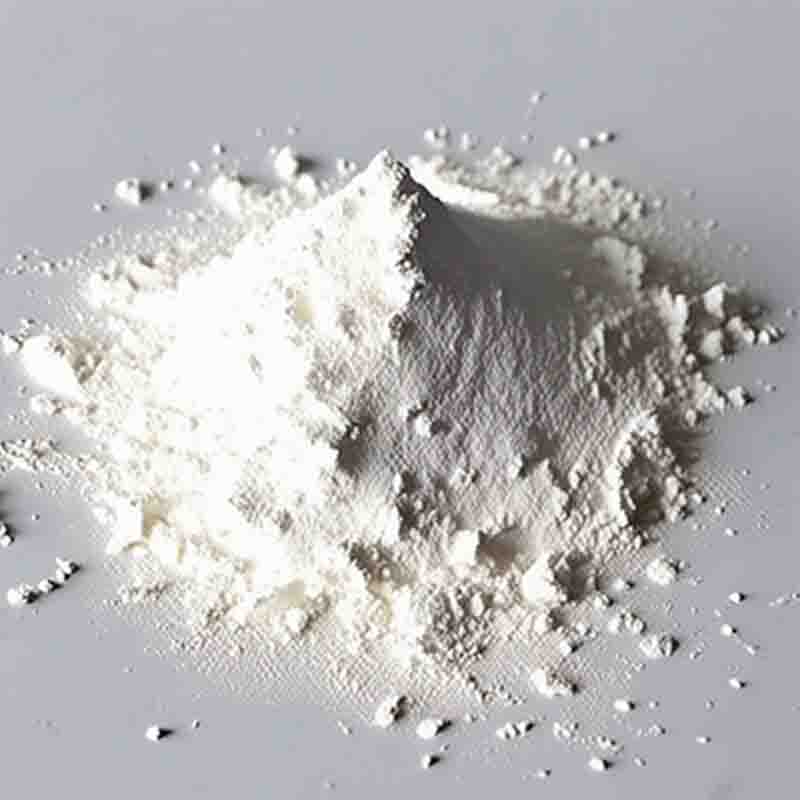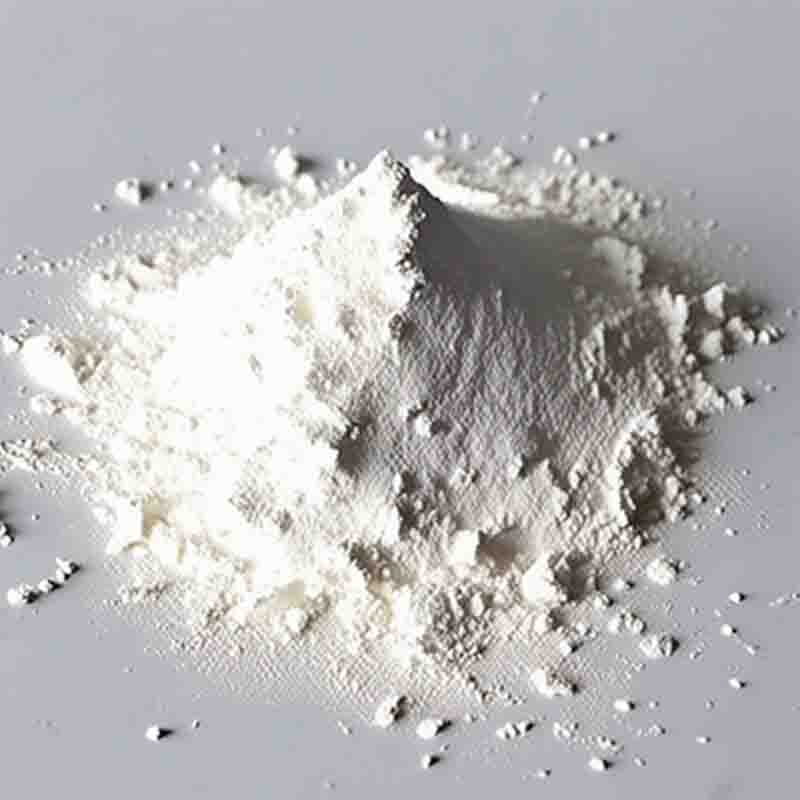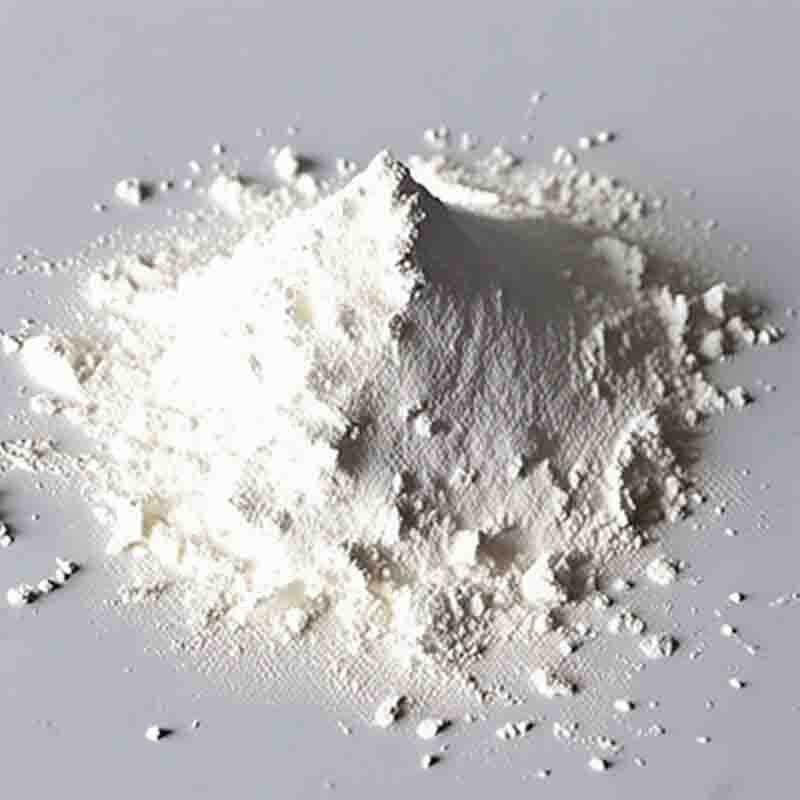4,4′-Bis(3-aminophenoxy)diphenylsulfone CAS:30203-11-3
| Catalog Number | XD96136 |
| Product Name | 4,4'-Bis(3-aminophenoxy)diphenylsulfone |
| CAS | 30203-11-3 |
| Molecular Formula | C24H20N2O4S |
| Molecular Weight | 432.49 |
| Storage Details | Ambient |
Product Specification
| Appearance | White powder |
| Assay | 99% min |
4,4'-Bis(3-aminophenoxy)diphenylsulfone, commonly known as Bisphenol S or BPS, is a chemical compound that has been used as an alternative to Bisphenol A (BPA) in various consumer products. Here are some effects and concerns regarding the use of Bisphenol S:Endocrine disruption: Bisphenol S has been shown to have similar endocrine-disrupting effects as BPA. It can mimic or interfere with hormones in the body, potentially leading to adverse health effects. Studies have suggested that Bisphenol S may disrupt hormonal functions such as estrogen and thyroid hormone signaling, which can impact reproductive development, fertility, and overall health.Developmental and reproductive effects: Research on the developmental and reproductive effects of Bisphenol S is limited, but some studies have shown potential concerns. Animal studies have indicated potential impacts on fetal development, sexual differentiation, and reproductive function. The effects of Bisphenol S on human development and reproduction need further exploration.Presence in consumer products: Bisphenol S is used in various consumer products, including plastics, thermal receipt papers, and epoxy resin linings of food cans. It can leach out from these products into food, beverages, and the environment, leading to human exposure. The wide range of applications raises concerns about widespread human exposure to Bisphenol S and its potential health effects.Environmental persistence: While Bisphenol S is considered less persistent than BPA, it remains a concern in terms of environmental stability. It can resist degradation and persist in the environment, potentially impacting aquatic ecosystems and wildlife. Leakage of Bisphenol S from products, improper disposal, and inadequate wastewater treatment contribute to its presence in the environment.Regulatory concerns and precautionary measures: Due to emerging concerns, there have been calls to regulate the use of Bisphenol S and other bisphenols. Some regulatory agencies have taken actions to restrict the use of BPA but have not yet fully addressed the potential risks associated with alternative bisphenols like Bisphenol S. Health organizations emphasize the importance of reducing exposure to all bisphenols, including Bisphenol S, especially for vulnerable populations such as pregnant women and infants.Given the effects and concerns associated with Bisphenol S, many individuals and organizations advocate for the use of alternative materials that are free from bisphenol compounds. Additionally, it is essential to stay informed about product labels and choose Bisphenol S-free alternatives when possible.It is crucial to note that scientific understanding of the effects of Bisphenol S is still developing, and further research is needed to fully understand its impact on human health and the environment.









